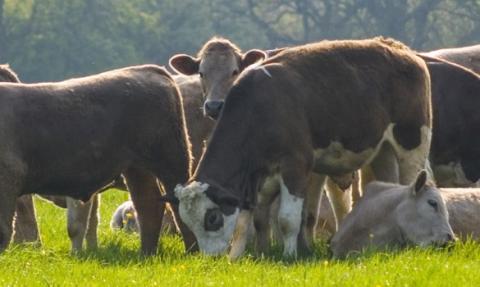Why incorporate livestock? One of the main ways of enhancing soil health is the integration of animals; a plant that has been grazed will photosynthesize more and pump more liquid carbon into the soil compared to a plant that has not been grazed.
This factsheet from Farming Connect describes the wider benefits of incorporating livestock in arable rotations.
Download the factsheet below.



